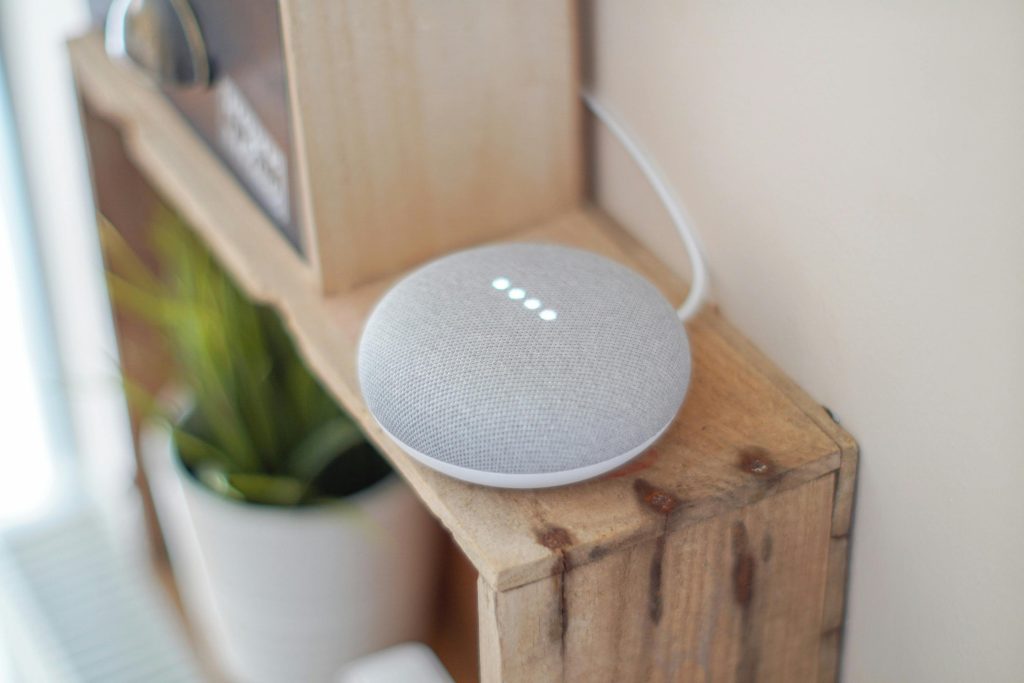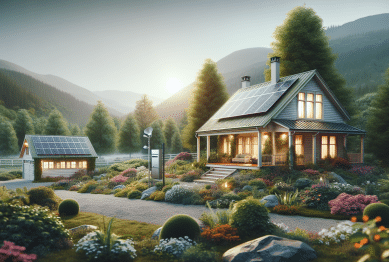Smart homes are evolving beyond novelty and becoming essential for everyday convenience and efficiency. Smart home ideas that save time and energy are driving a new wave of adoption, as homeowners seek ways to reduce bills and simplify life. From AI-equipped appliances to automated energy management systems, the latest innovations are changing how we live.
As energy costs rise and sustainability becomes more important, leveraging smart technologies can deliver both financial savings and improved comfort. This article explores the hottest trends in smart home tech and offers practical tips to implement solutions that enhance daily routines and optimize energy use.

AI-Powered Automation for Daily Life
Artificial intelligence is making smart homes more intuitive and efficient. Instead of relying solely on preset schedules, AI systems now anticipate your needs based on behavior and context.
- Adaptive Thermostats such as Ecobee use AI to detect occupancy and local weather, adjusting heating and cooling to maximize comfort and efficiency.
- Intelligent Cleaning Devices like Roomba Combo j9+ and Molekule Mini respond dynamically to routines and environmental conditions, enabling automatic cleaning and air quality control.
- Smart Ambiance Systems adjust lighting, air quality, and even audio based on monitored mood and activity levels, creating seamless comfort with minimal user input.
Thus, AI transforms passive automation into proactive support, fostering a truly responsive home.
Energy Management Through Smart Devices
Smart home technology is not just about convenience—it’s increasingly central to energy control.
- Smart Thermostats with Predictive Scheduling create adaptive routines based on occupancy patterns, removing human error and maintaining efficiency.
- Smart Plugs and Lighting Controls help eliminate wasted standby power through programmable scheduling or sensor triggers.
- Comprehensive Energy Monitoring Systems provide real-time appliance-level data via tools like Sense or Vivint platforms, allowing homeowners to identify energy-intensive devices and adjust accordingly.
By clearly illuminating usage habits, these systems prevent waste and support informed decision-making.
Demand Flexibility and Time-of-Use Savings
Emerging trends in energy management involve aligning consumption with clean or cheaper energy supply through demand flexibility.
- A UK government pilot shows that shifting usage to renewable-heavy periods via an “Energy Saver” app can save households up to £375 annually while helping stabilize the grid.
- These automated scheduling systems allow you to set appliances to run when energy is both clean and inexpensive, maximizing savings with minimal effort.
Hence, smart tech helps seamlessly integrate eco-friendly behavior into daily life.
Solar Integration and Home Energy Storage
Smart homes are increasingly incorporating renewable energy sources and storage solutions.
- Home Energy Storage Systems, often paired with rooftop solar, enable use of daytime-generated power in the evenings, trimming grid dependency and blackout risk.
- In markets like Australia, consumer adoption of home batteries is rising—particularly when subsidized—and is poised to grow by 25% annually.
- By combining energy generation and automation, homes gain reliability, resilience, and independence.
Integrated Systems and Interoperability
Smart devices perform best when they communicate seamlessly—and emerging standards are enabling that.
- The Home Connectivity Alliance (HCA) introduced an energy management specification at CES 2024, enabling secure, device-level energy data sharing across appliances, which improves load balancing and automation.
- Adoption of the Matter protocol across 30% of new devices at CES 2025 ensures cross-brand interoperability and easier user experiences.
Thus, interoperability is becoming a hallmark of truly smart energy-efficient setups.
Smart Home Tech That Adds Resale Value
Homes equipped with energy-saving smart features also benefit from enhanced market appeal.
- Realtors report that smart systems not only increase property value and decrease time on market but also attract eco-conscious and tech-savvy buyers.
- Smart energy management is a unique selling point that differentiates homes in competitive markets.
Summary: Smart Home Ideas That Save Time and Energy
| Smart Solution | Benefit |
|---|---|
| AI-powered automation | Adaptive comfort, minimal effort |
| Smart thermostats & plugs | Targeted energy reduction |
| Energy monitoring systems | Insight-driven efficiency |
| Demand flexibility tools | Cost and carbon savings |
| Solar + home storage | Energy independence and resilience |
| Device interoperability (HCA) | Unified, seamless system functionality |
| Smart-selling features | Added property appeal and value |
Getting Started: Practical Steps for Homeowners
- Begin with a Smart Thermostat that adapts to your schedule for direct energy savings.
- Add Smart Plugs and Motion Sensors to eliminate idle power draw.
- Incorporate an Energy Monitoring System to identify and address usage spikes.
- If possible, explore Solar & Battery Storage to harness renewable energy and reduce dependence on the grid.
- Ensure devices adhere to Matter or HCA standards for ease and future-proofing.
- Use Demand Flexibility Tools or time-of-use automation to align with green energy availability.
Even simple upgrades—like LEDs or plugs—can reduce energy by up to 20%, and smart HVAC systems alone can cut heating and cooling bills by 10%.
Looking Forward: What’s Next?
The emphasis on energy-efficient smart homes is only growing. Markets are projected to reach $11.26 billion in smart energy tech by 2025, rising to $16.3 billion by 2029, driven by AI integration and 5G-enabled real-time control.
Meanwhile, consumer trends show that convenience, energy savings, and security are primary drivers in smart home adoption.
In short, smart home tech that saves time and energy is maturing rapidly, becoming more integrated, intuitive, and value-driven.
Conclusion
Smart home technology is no longer a futuristic concept—it’s a practical solution that helps homeowners save both time and energy in their daily lives. By integrating automation, energy-efficient devices, and intelligent systems, you can reduce waste, streamline household tasks, and create a living environment that adapts to your needs. As these innovations continue to evolve, their impact will only grow, making it easier than ever to live more efficiently without sacrificing comfort. Whether you start small with a single smart appliance or invest in a fully connected home, the benefits are clear: greater convenience, lower costs, and a more sustainable lifestyle.
References
- GearBrain. “Smart Home Tools That Help Slash Energy Bills in 2025.” https://www.gearbrain.com/smart-home-energy-management-2025-2671893526.html?utm_source=chatgpt.com
- TechDogs. “Smart Homes Explained: What Makes A Home ‘Smart’ In 2025?” https://www.techdogs.com/td-articles/trending-stories/understanding-smart-homes-and-how-they-work?utm_source=chatgpt.com
- The Chill Brothers. “Smart Home and HVAC: How Energy Management Is Shaping Future Spending.” https://www.techdogs.com/td-articles/trending-stories/understanding-smart-homes-and-how-they-work?utm_source=chatgpt.com









